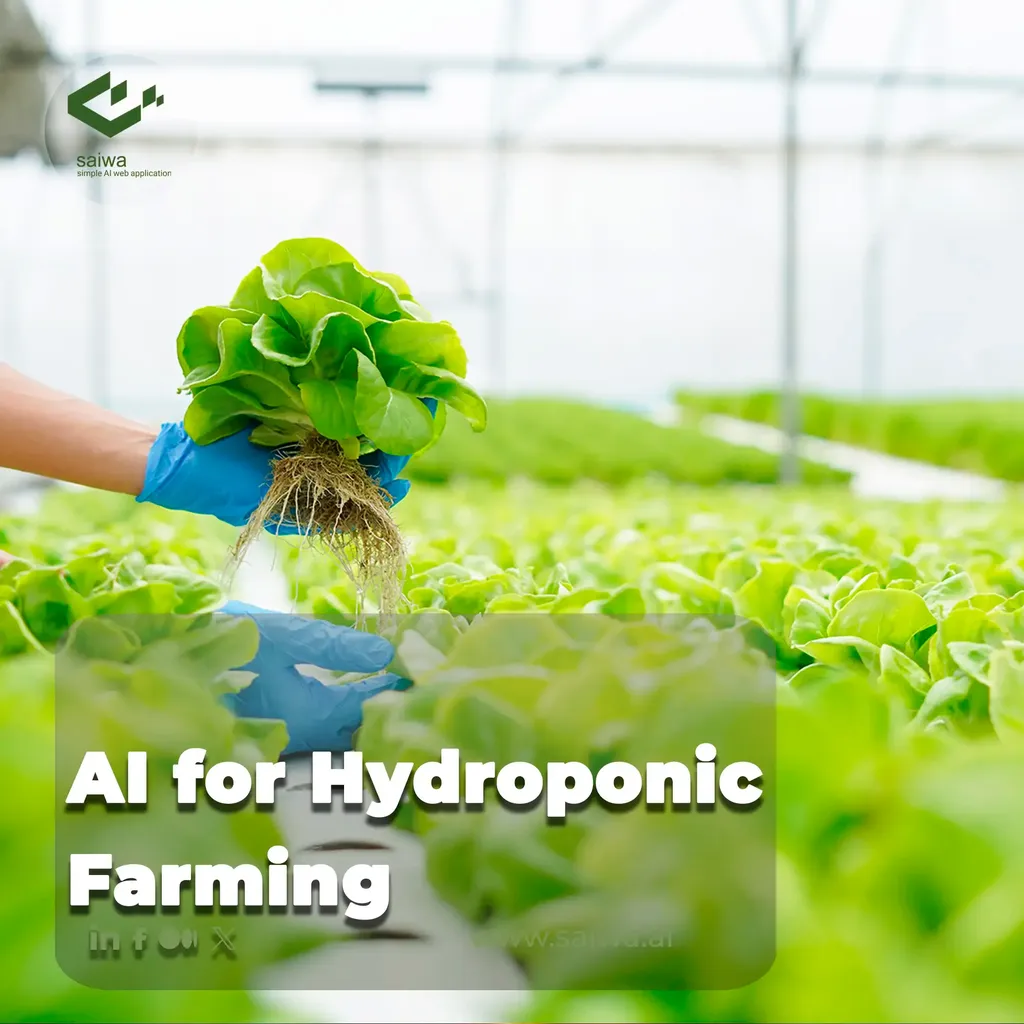In the heart of Beijing, a team of researchers led by Daixuan Qu from the College of Mechanical and Energy Engineering at Beijing University of Technology has developed a cloud-based framework that could revolutionize the way we think about energy efficiency and precision agriculture. Their work, published in the journal *Smart Agricultural Technology* (translated from Chinese), focuses on hydroponic leafy vegetable production systems, but the implications stretch far beyond the confines of a plant factory.
The dual challenge of regulating crop growth and improving energy efficiency has long plagued the agricultural sector. Qu and his team tackled this issue head-on, using lettuce as a model crop to develop a system that not only predicts growth but also optimizes energy consumption. “We wanted to create a tool that could support energy-efficient cultivation under variable production conditions,” Qu explained. “Our goal was to minimize fresh weight deviation and energy consumption, all while providing feasible lighting strategies.”
The framework consists of two main components: a growth prediction model based on daily light use efficiency, informed by experimental data and environmental factor analysis, and a multi-objective optimization module using NSGA-II (a popular genetic algorithm) to minimize fresh weight deviation and energy consumption. The system is deployed on a cloud platform, enabling integration with order scheduling, market forecasting, and related systems to support demand-driven production. A visual interface further supports agronomists in interpreting and adjusting lighting strategies.
The commercial impacts of this research are significant. For the energy sector, this framework offers a way to optimize energy use in agricultural settings, potentially leading to substantial cost savings and reduced environmental impact. “This is not just about growing better crops; it’s about doing so in a way that’s sustainable and efficient,” Qu said. “We believe our approach demonstrates strong potential for improving resource use in various production conditions.”
The scalability of this system is another key factor. While the research focuses on lettuce, the principles and technologies can be applied to a wide range of crops and production systems. This adaptability could make it a valuable tool for farmers and agronomists worldwide, helping them to meet the growing demand for sustainable and efficient agricultural practices.
As we look to the future, the work of Qu and his team offers a glimpse into what’s possible when we combine advanced modeling techniques with cloud-based technologies. It’s a reminder that the path to a more sustainable future lies not just in innovation but in the thoughtful application of existing technologies to solve real-world problems. And as the agricultural sector continues to evolve, tools like this will be crucial in meeting the challenges that lie ahead.

